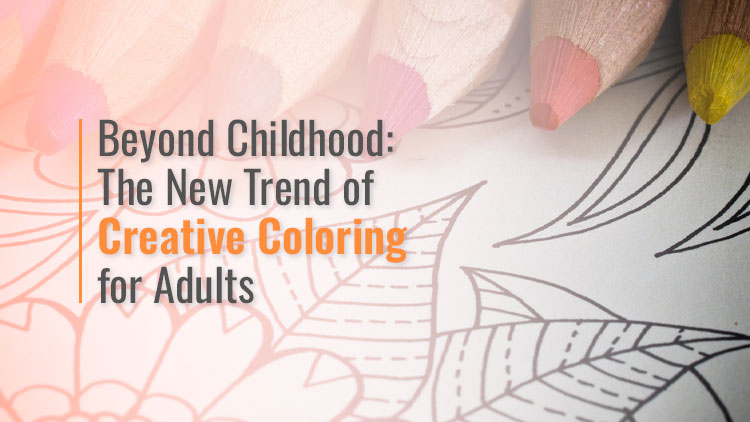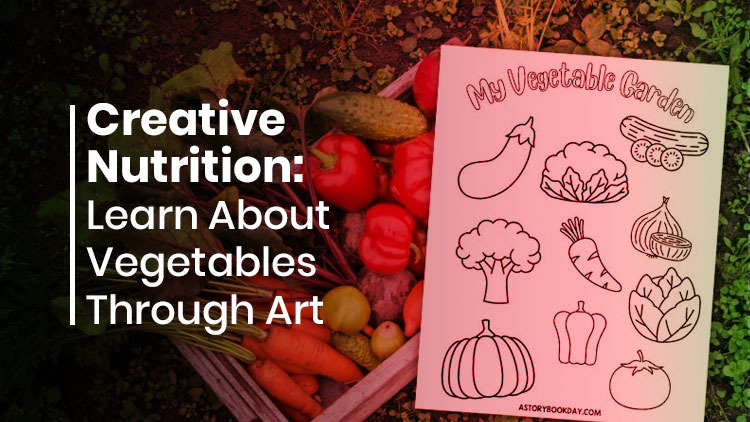
Creative Nutrition: Learn About Vegetables Through Art

Creative Nutrition: Learn About Vegetables Through Art
Introduction
Educating children about nutrition can sometimes prove to be a challenging endeavor, particularly when it comes to persuading them to consume vegetables. Amidst the hectic lifestyle of the contemporary era, where processed foods and technology reign supreme, old ways of imparting nutrition knowledge might not always prove to be effective. That is where creativity and imagination come into play, for they have helped usher in an innovative new method, Creative Nutrition. This strategy employs the art medium to enable children to discover, learn, and like vegetables in a fun and significant manner.
At VERSAtile Reads, we believe that learning should be vibrant, hands-on, and joyful. Our line of vegetable-themed coloring books is designed to help children explore the world of nutrition through creativity and color.
Art as a Learning Tool
Coloring isn’t just a pastime, it’s a powerful educational tool. When children color vegetables, they’re not only recognizing shapes and names; they’re also engaging multiple parts of their brain. Visual memory, fine motor skills, language, and even taste preferences are influenced through this interactive approach.
Think of a child spending a quiet afternoon coloring in a bright orange carrot or adding shades of green to a broccoli crown. This hands-on experience helps embed these foods into their everyday vocabulary and consciousness in a positive, playful way.
Why Art is an Effective Tool for Teaching Nutrition
Art is a language that can speak across ages, cultures, and educational levels. Art makes one more open-minded, encourages critical thinking, and aids memory recall. As an educational tool for nutrition, art has a number of unique advantages:
1. Sensory Engagement
Vegetables occur naturally in a variety of colors, textures, and shapes, making them perfect objects to explore by the senses. Activities like drawing vegetables, painting their patterns, or utilizing them in stamping can be used to involve several senses. Such sensory experience makes children aware and familiar with the vegetables, even the ones they used to resist.
2. Improved Retention and Comprehension
Studies have indicated that visual and kinesthetic learning practices enhance the retention of memory. When children make art out of vegetables, they will be more inclined to recall the name of the vegetable, its properties, and its health benefits. This process translates abstract information into concrete experience retained in the mind of a child.
3. Fostering Positive Associations
Learning about food can sometimes be negative or stressful, particularly when it is about having to eat or conform. Alternative Nutrition breaks the mold. Rather than emphasizing what children have to consume, it allows for exploration and narrative. This reimagines vegetables as fascinating and fun, setting the stage for better diet choices.
4. Integration of Scientific Concepts
Art can be easily incorporated into scientific learning. For example, students can make art projects related to vegetable parts, photosynthesis, or food groups. When combined with brief science discussions, artistic exercises facilitate overall comprehension of how vegetables grow and why they contribute to human health.
Creative Activities to Teach Vegetables Through Art
Introducing Creative Nutrition to the classroom or home environment is not necessarily about artistic talent. With readily available materials and a bit of creativity, numerous interactive activities can transform vegetables into engaging learning topics. Listed below are some creative suggestions for teachers and caregivers to try:
5. Vegetable Portraits
Children can be instructed to paint or draw pictures of their favorite vegetables. They can decide to observe and draw details like color, texture, or pattern. Older children can be asked to find interesting facts about the vegetable and mark various parts, like the stem, leaves, or seeds. The activity enhances observational and vegetable identification skills.
6. Vegetable Stamp Art
Vegetables such as okra, celery, bell peppers, and potatoes have clear internal structures that make them perfect for stamp art. By cutting the vegetables and using them to dip into paint, children are able to make distinctive prints on paper. This exercise allows children to understand and appreciate the intricate pattern in nature and learn about botanical structure.
7. Color Wheel Garden
An innovative approach to learning about nutrition and color theory is to have children create a vegetable color wheel. Vegetables may be separated by color—red tomatoes, green spinach, and orange carrots—and arranged in a circular graph. Kids can then learn about the various nutrients within each color category and how a rainbow of vegetables supports well-being.
8. Vegetable Sculptures
With actual vegetables, kids can create fantasy sculptures or characters. Carrot sticks may be used for arms, cherry tomatoes for eyes, and lettuce leaves for clothes. Fine motor development is enhanced by this activity, as well as engaging children to touch and manipulate various vegetables in a healthy and fun manner.
The Role of Parents and Educators
The success of Creative Nutrition relies, to a great extent, on the support and engagement of teachers, caregivers, and parents. The following are some suggestions for implementing and maintaining creative nutrition learning in daily contexts:
- Set Up Regular Creative Sessions
Either at home or in school, dedicating time to creative nutrition exercises can be of great importance. Regular art sessions, which are based on varied vegetables, enable the children to familiarize themselves with good foods over the long term.
- Be an Active Participant in the Learning Process
The adults should themselves be involved in the activities. When kids see their parents or educators drawing, painting, or playing with vegetables, it sends a strong message that healthy food is not only essential but also fun and exciting.
- Link Creativity with Science and Health
After an art activity, take the opportunity to introduce relevant nutritional or scientific facts. For example, after drawing a tomato, discuss its vitamin C content or how it grows on a vine. This integration of disciplines creates a richer and more meaningful learning experience.
- Showcase and Celebrate Artwork
Post children’s vegetable-themed artwork in homes, classrooms, or school exhibitions. Commending their work helps reinforce the worth of the topic and improves children’s confidence and interest.
The Long-Term Impact
Creative Nutrition isn’t just about today’s lunch, it’s about shaping lifelong habits. Children who grow up with a positive relationship with food are more likely to maintain healthy eating patterns as they get older. By using art to engage kids with vegetables early on, we plant seeds of knowledge, appreciation, and joy around wholesome food.
Conclusion
Creative Nutrition is a revolutionary method that unites the realms of art and nutrition. By participating in interactive, experiential experiences, kids can learn about vegetables in an educational yet entertaining manner.
FAQs
1. What is the best age range for Creative Nutrition activities?
Creative Nutrition is most suited for children aged between three and ten years, as this is when they are most receptive to sensory exploration and play. However, the strategy can be modified for older children through more sophisticated projects like food photography, digital drawing, or educational storytelling.
2. Do we have to be artistic to apply this method with kids?
Not at all. The emphasis in Creative Nutrition is on fun and discovery, not on the ability to paint. A simple activity like coloring pictures of vegetables, making vegetable stamps, or making collages from household items is more than sufficient to make children understand the idea in a playful and easy-to-follow manner.
3. How do we connect Creative Nutrition to school topics like science or health?
Creative Nutrition very easily combines with subjects like biology, environmental science, and health education. When you have done an art activity, you might talk about how the vegetable grows, the role it plays in the food web, or how it benefits us medically. This interdisciplinary method assists kids in making a balanced knowledge base of both the scientific and creative aspects of food.
- Published Date:



